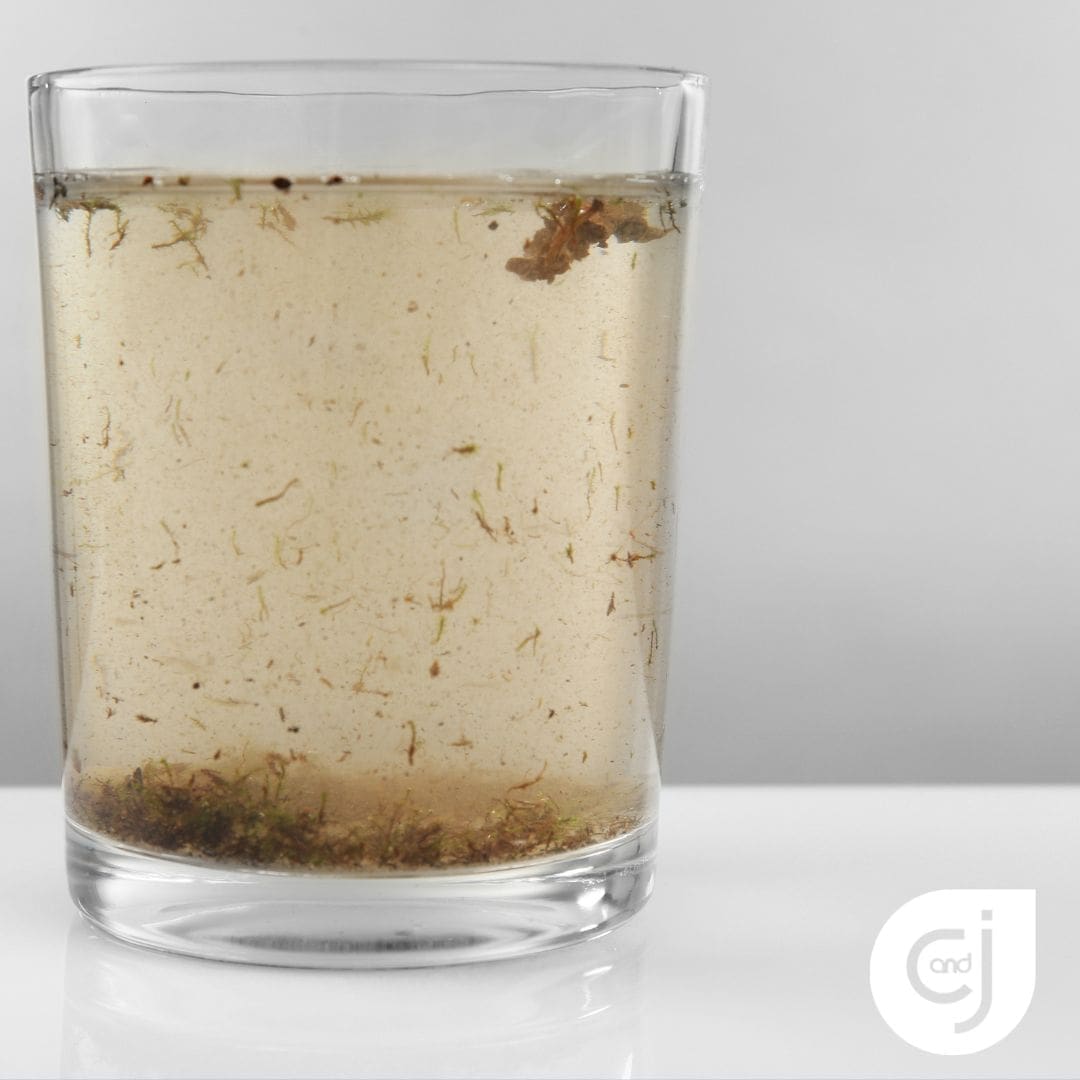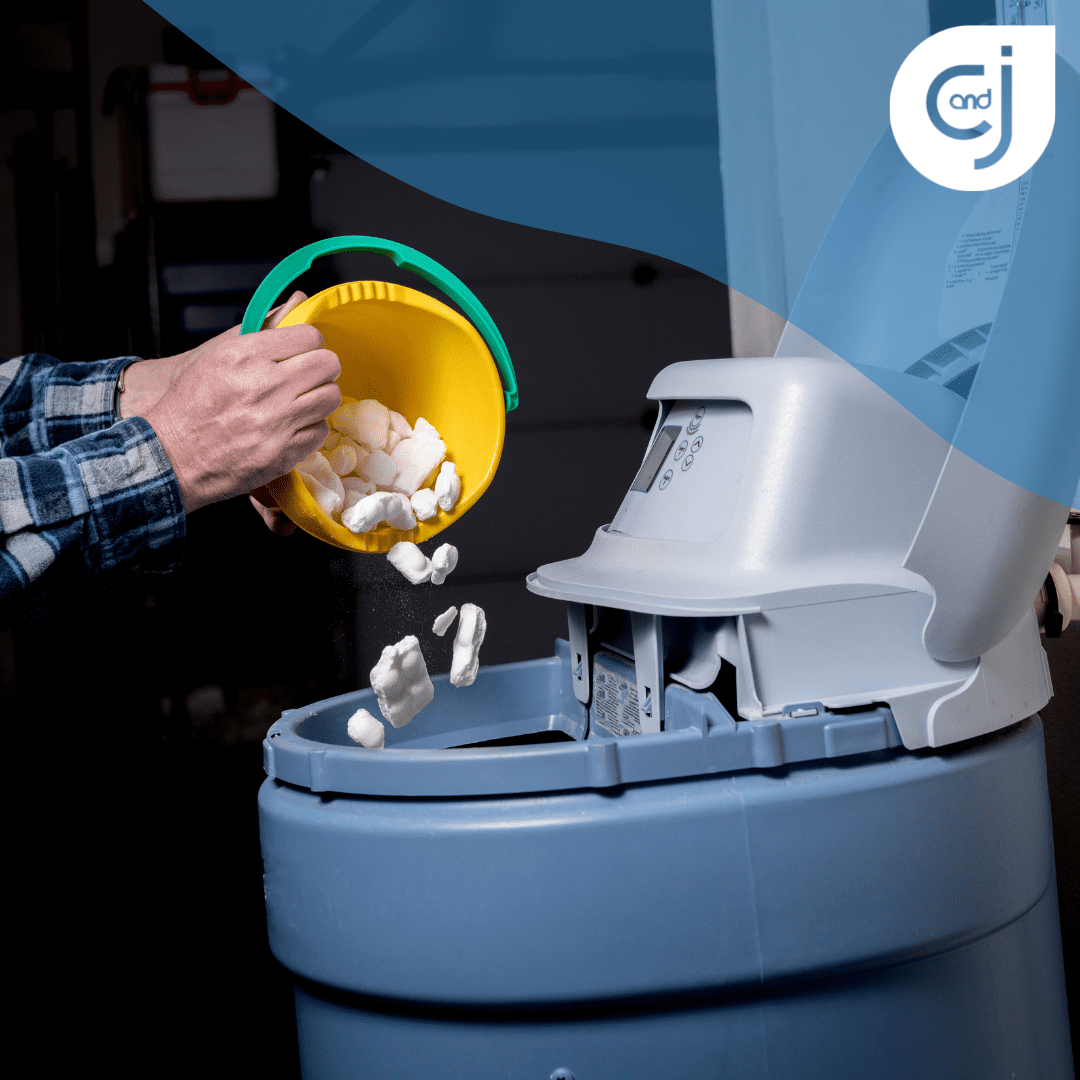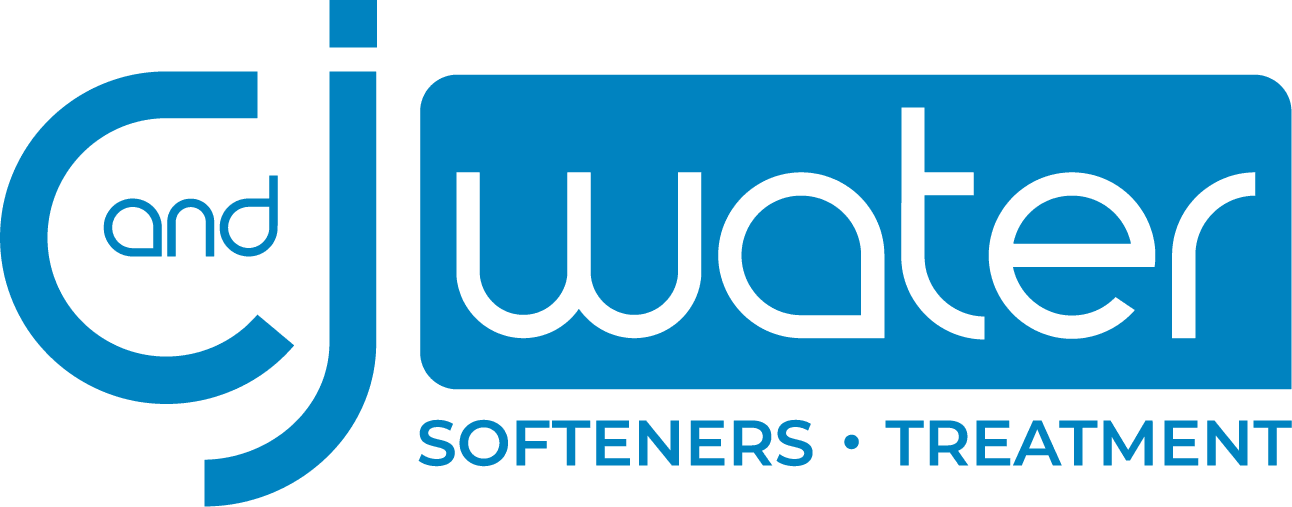How Safe is Well Water?
Did you know that over 23 million Americans get their drinking water from private wells? That’s over 15% of the population!
But private wells aren’t subject to the same regulations as public water systems. It’s up to the property owner to make sure they have safe well water.
So how do those millions of people know if their water is safe to drink?
Drinking contaminated water can lead to serious health problems, so it’s best to err on the side of caution and get it tested. Read on to learn more about well water safety.
What Is Well Water, and Where Does It Come From?
Well water is a private water source often used in rural areas. It comes from a hole drilled into the ground and can be used for drinking, irrigation, and other purposes.
Most wells get their water from aquifers. Aquifers are underground layers of water-bearing rocks, gravel, or sand. The water from these sources is often cleaner than surface water, but it can still be contaminated.
What Are the Benefits of Well Water?
Unlike city water, which contains chlorine and other chemicals to disinfect, well water is naturally free of these chemicals. It can be an excellent benefit for people with allergies or sensitivities.
Another advantage of well water is that it contains minerals necessary for good health. City water gets treated to remove all minerals, but these minerals can be beneficial for our bodies.
Well water typically contains calcium and magnesium, which are essential for strong bones and teeth. Additionally, some studies have shown that people who drink mineral-rich water have a reduced risk of cardiovascular disease.
Finally, well water is much more cost-effective than city water! Depending on your location, you could save hundreds of dollars each year by using well water.
What Are the Qualities of Safe Well Water?
Safe drinking water should be clear and free of sediment or foreign objects. It should also have no strange colors, smells, or tastes. If your well water doesn’t meet these standards, it could be contaminated and unsafe to drink.
Safe well water should be free of bacteria, nitrates, nitrites, and heavy metals. The only way to know if your well water is free of bacteria is to have it tested.
Signs of Contaminated Well Water
One of the most common signs of contaminated well water is a strange taste, odor, or color. It could be contaminated if your well water doesn’t taste or smell like it should. Additionally, well water that is cloudy or has a strange color could also be contaminated.
Contaminated water could be the reason if you’re experiencing nausea, vomiting, or diarrhea. Don’t ignore these symptoms. Contaminated well water can cause serious health problems like kidney issues or cancer, so you must ensure that your water is safe to drink.
Sometimes there are too many minerals in well water. This is called hard water. While hard water isn’t necessarily unsafe to drink, it can cause problems like dry skin and hair. If you’re having these issues, your well water might be too high in minerals.
How Does Well Water Get Contaminated?
Your well water can get contaminated by anything that seeps into the ground where your well is located. That includes bacteria, viruses, pesticides, and chemicals from natural and manufactured sources.
Bacteria and Nitrates

Bacteria can get into your well water through sewage, animal waste, or even contaminated stormwater. Once in your well water, bacteria can cause severe illnesses like nausea, vomiting, and diarrhea.
One of the most common ways well water becomes contaminated is through animal waste. If animals live near your well, their waste can seep into the ground and contaminate your well water. And if you have a septic tank, ensure it’s properly maintained to prevent contamination.
Surface Runoff
Another way that well water becomes contaminated is through surface water runoff. This can happen when rain or melted snow infiltrated by contaminants from the ground surfaces runs off into your water well.
Surface runoff is especially a concern in areas with a lot of land development, as this can increase the amount of runoff and the possibility of contamination.
Agricultural Runoff
Another common source of well water contamination is agricultural runoff. If you live near a farm, the pesticides and chemicals used on the crops can seep into the ground and contaminate your well water.
How Often Should I Test for Safe Well Water?
You should test your water for multiple contaminants regularly. Here’s a quick look at when you should test:
- Before using it the first time
- Once a year, for bacteria and nitrates
- Once every five years, for heavy metals like lead or arsenic
- When you notice people with stomach issues or smell rotten eggs
If there has been flooding or significant land development nearby, test more frequently to be safe. Regular testing helps you catch contamination early and take steps to protect your health.
How Do You Know if Well Water Is Safe to Drink?
Many potential contaminants could make your water unsafe, including bacteria, nitrates, and chemicals. Testing well water is the only way to know for sure if it meets safety standards.
If you’re unsure about your well water, have it tested by a professional. A well water test will determine if there are any contaminants in your water and at what levels. Once you have the results of the well water test, you can take steps to ensure your water
Send It Off To Be Tested
If you choose to have your water tested at a laboratory, you will need to bring your water sample in a clean container. Most laboratories charge a fee for testing services. Some state and local health departments offer free or reduced-cost well water testing programs.
Test Well Water Yourself
If you prefer to test your own well water, you can purchase a do-it-yourself water testing kit from a hardware or home improvement store. Your well water test results can help you decide what kind of well water treatment, if any, you need to use.
Some well water tests test for a specific contaminant, while others screen for a group of contaminants. These kits come with instructions on how to collect a water sample and how to interpret the results.
Interpreting Well Water Test Results
Your test results will show the concentration of contaminants in your water. But you will need to know if those levels are safe or unsafe.
The U.S. Environmental Protection Agency (EPA) has set standards for many common well water contaminants. These standards are called maximum contaminant levels (MCLs). The MCL is the highest level of contaminant that is allowed in drinking water.
If the concentration exceeds the MCL, you will need to remove the contaminant from your water.
What to Do if Well Water Isn’t Safe
If the test shows an unsafe level of contaminants, you will need to treat the water. There are various treatments for different contaminant types and levels.

Water Softeners
A water softener can remove some contaminants from your well water, like calcium and magnesium. It works by exchanging these minerals for sodium.
Reverse Osmosis
Reverse osmosis is a well water treatment that can remove many contaminants, including lead, arsenic, and salt. It works by forcing water through a semipermeable membrane, which removes the contaminants.
Activated Carbon Filters
Activated carbon filters can remove some well water contaminants, like chlorine. The filters work by adsorbing the contaminants onto the surface of the filter.
Ultraviolet (UV) Light Systems
UV light systems kill bacteria and other microorganisms in well water. The UV light destroys the DNA of these organisms, preventing them from reproducing.
Well Water Treatment Systems
You can purchase well water treatment systems that combine multiple methods. These systems are designed to remove a wide range of contaminants from well water.
Filters
You can also install a whole house water filter to remove any impurities in your water before it comes into your home. It’s a great way to filter out many contaminants but does not guarantee complete safety.
Don’t Take Any Chances
When choosing a treatment system, select one certified by the National Sanitation Foundation (NSF). NSF certification means the system has been tested and proven to remove bacteria, nitrates, or heavy minerals.
You should still regularly test your water well, even if you are using a treatment system. That will help you to know if the system is working correctly and if any new contaminants have entered your well water.
Find Well Water Treatment in Zionsville, IN
Overall, a safe water well can be a great asset to your property. Now that you know more about well water, it’s time to have yours tested. Once you know your well is safe, you can enjoy its many benefits – like saving money on your monthly water bill!
What’s in your well water right now?
Contact C and J Water for a free water analysis. We’ll help you understand safe well water testing results and get treatment in Zionsville, IN that meets your needs.




